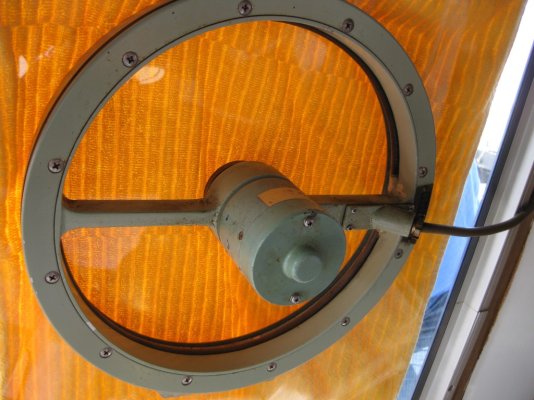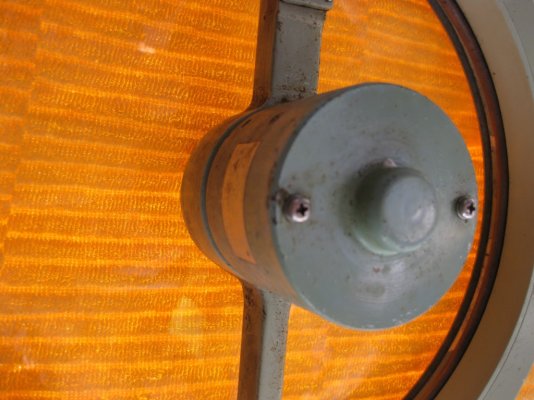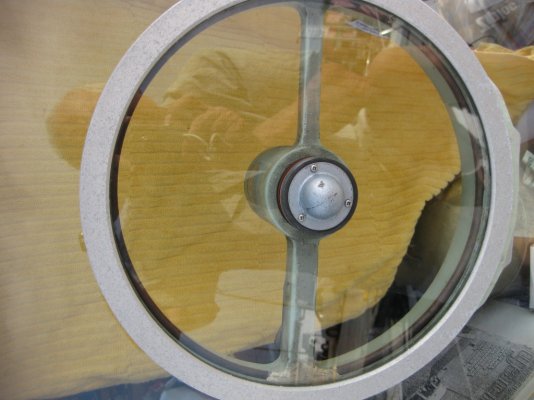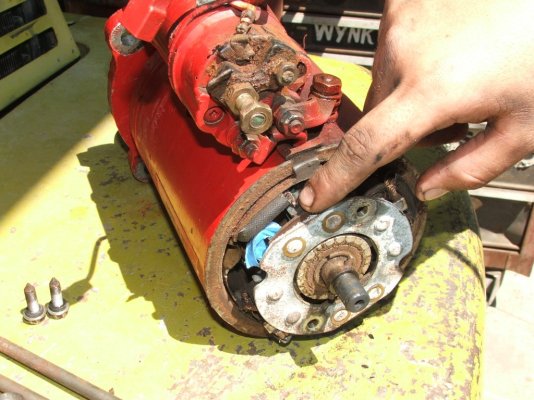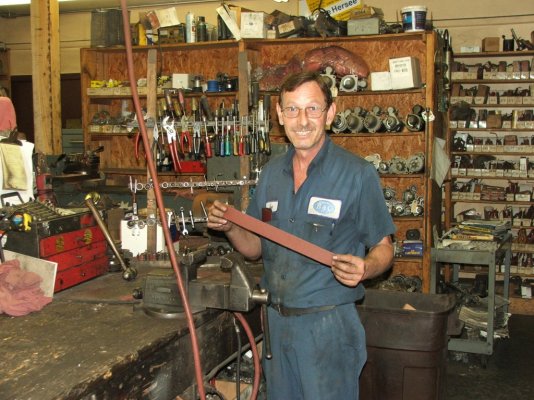Jon
Senior Member
- Joined
- Mar 17, 2008
- Messages
- 132
- Location
- canada
- Vessel Name
- Isle of Skye
- Vessel Make
- Bruckmann trawler
I have a rotating clear screen which is giving up the ghost. If I help start it with a spin it will go for about 30 minutes before stopping, but at nothing like its original speed.
Only data I can find is on a plate with
VISTA
Centerless Ind Co Ltd Tokyo
CM 300 -H
*I would really like to find an exploded view before I tear it apart (it's probably brushes) so I can either avoid having a 30cm, hole in the windshield, or at least have the plywood ready to fill the hole.
Anyone got any knowledge of this animal?
Jon
Only data I can find is on a plate with
VISTA
Centerless Ind Co Ltd Tokyo
CM 300 -H
*I would really like to find an exploded view before I tear it apart (it's probably brushes) so I can either avoid having a 30cm, hole in the windshield, or at least have the plywood ready to fill the hole.
Anyone got any knowledge of this animal?
Jon

